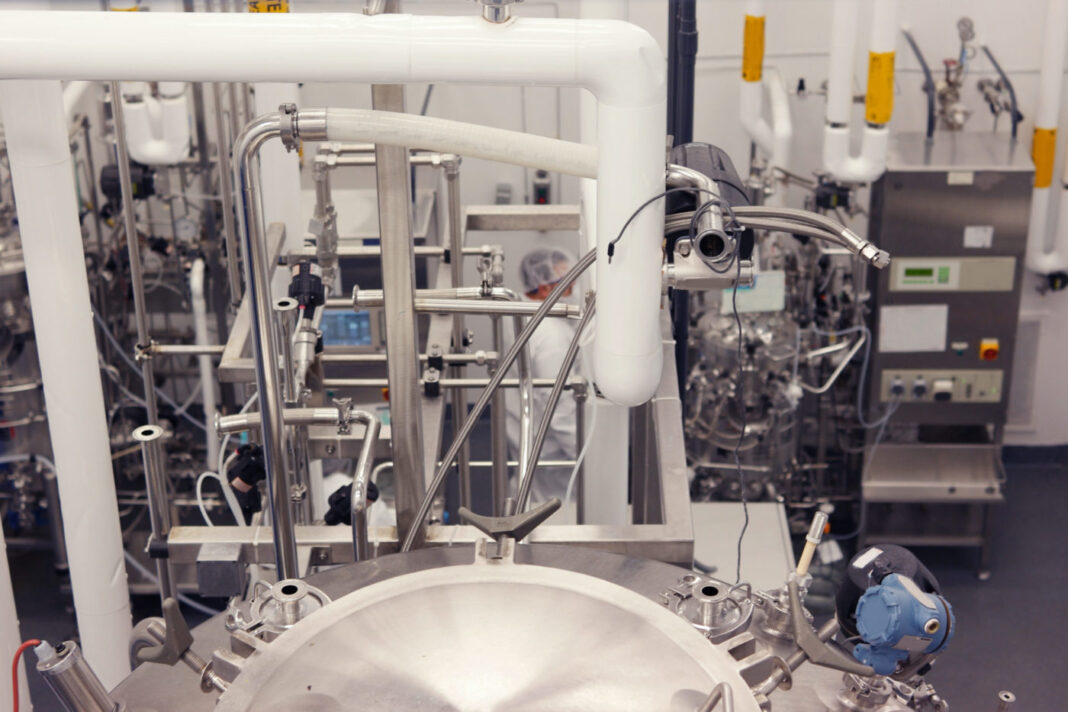The bioprocessing of therapeutics requires many steps, including viral filtration. To improve these steps, scientists must compare the performance of various products. That’s just what Andrew Zydney, director of the Center of Excellence in Industrial Biotechnology at Pennsylvania State University, and his colleagues did. They explored how two filters removed viral-size particles after fouling the filters with serum IgG. Moreover, they captured images of the results with confocal and electron microscopy.
“Virus filtration is a critical step in the purification of all mammalian cell-derived products, including monoclonal antibodies,” Zydney says. “It is well known that protein fouling governs the capacity of the virus filtration step, but this is the first study to directly probe the effects of protein fouling on virus capture within the Planova series virus filters.”
The scientists compared the performance of the Planova 20N and BioEX hollow fiber virus filters—both manufactured by Asahi Kasei Bioprocess. “The results clearly demonstrate that the different pore structures of the Planova 20N and BioEX filters lead to significant differences in the capture behavior of the fouled membranes, with significant ‘clustering’ of the captured nanoparticles seen within the fouled Planova 20N,” Zydney adds.
For him, this is just a start of analyzing products for viral filtration.
“We are very interested in expanding these studies to look at the behavior of other commercial virus filters to develop a more detailed understanding of how the membrane pore structure influences both protein fouling and virus capture,” he explains. “In addition, our initial studies were performed with serum IgG, and we would very much like to explore the behavior of monoclonal antibody products with different fouling characteristics.”
Without such studies, bioprocessors cannot know how products perform. Moreover, the results of this work can provide feedback into the development of future products. In the case of removing viral particles from biotherapeutics, meeting the required level of viral clearance is crucial. Plus, Zydney and his colleagues made it possible to visually document the process.






